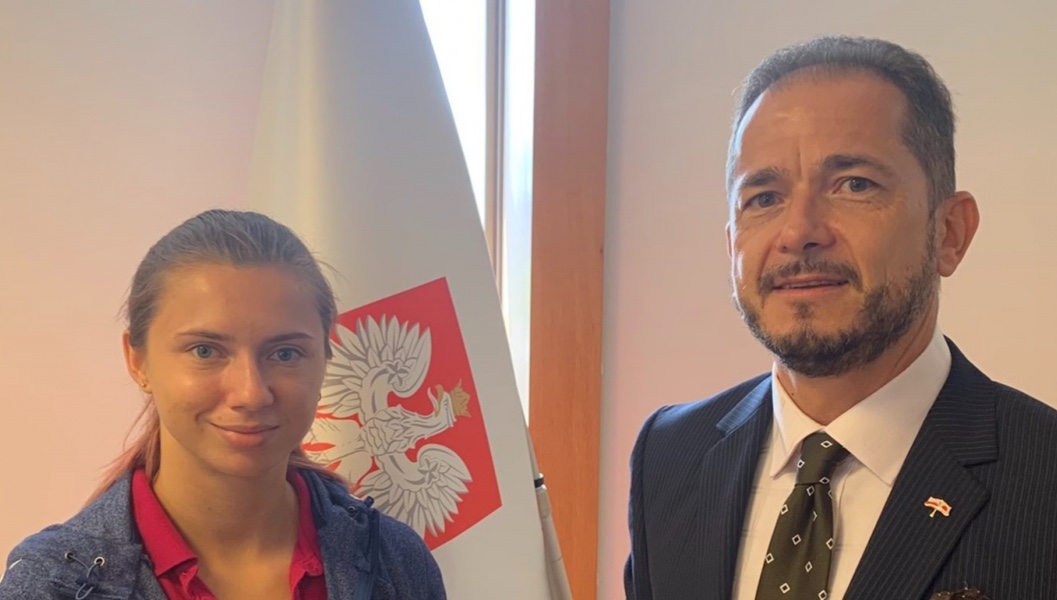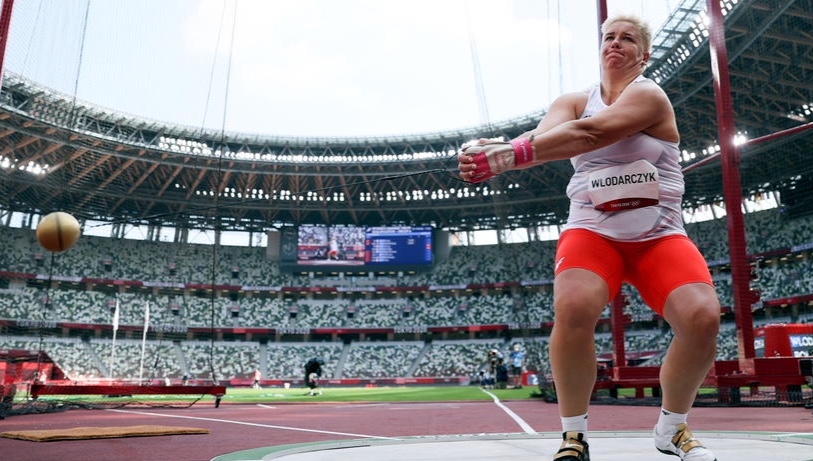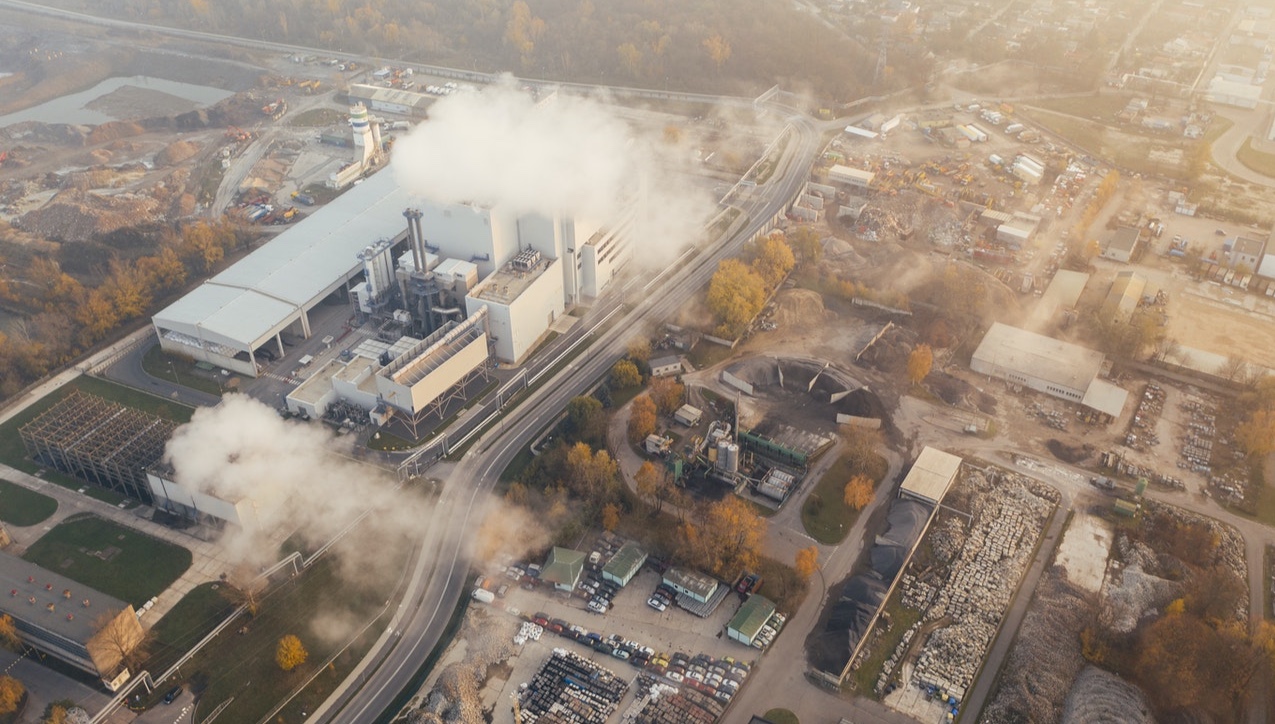Kryscina Tsimanouskaya is doing well and thanks all of us for extending a helping hand against those who do not wish her well, wrote on Twitter the Polish ambassador to Japan, Paweł Milewski, who met the Belarusian athlete.
“Good talk w / Ms. Kryscina Tsimanouskaya this morning at my office. She is doing well & thanks us all for extending a helping hand against those who do not wish her well. Great feeling for a diplomat to try to help someone who is in urgent need of support,” wrote the ambassador.
Below the entry, there is a photo of the sportswoman and the ambassador with the Polish flag in the background.
Several hours earlier, ambassador Milewski posted an entry.
“I met Ms. Kryscina Tsimanouskaya at our Embassy a few hours ago. She is tired, feared but very grateful for our help at this extremely difficult time of her sport career. We will continue our good cooperation with Japan’s Government to make her feel safe & secure,” he wrote.
Cimanouska will fly from Tokyo to Warsaw on Wednesday, August 4, as the foundation supporting Belarusian athletes repressed for their political views reported. According to it, Tsimanouskaya plans to apply for asylum in Germany or Austria.
On Sunday, the runner informed that due to criticism of the actions of the sports authorities of her country, she was removed from participation in the Olympic Games in Tokyo, and the officers tried to force her to fly to Belarus via Istanbul.










